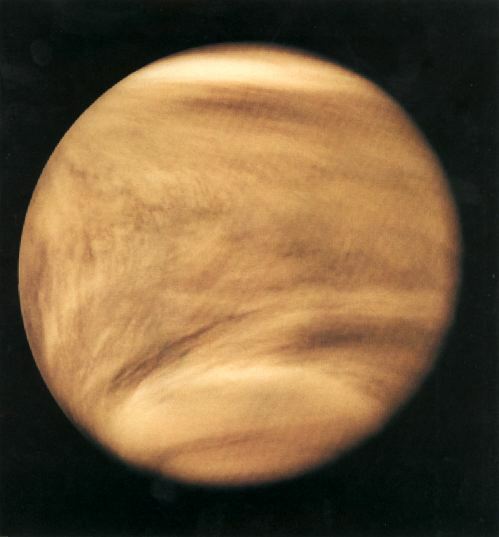Venus is one of the 5 planets visible to the unaided eye, and so it has been seen in the sky since prehistoric times. After the Sun and the Moon, Venus is the brightest object in the sky – brighter than any stars.
Venus is the Roman name for the Greek goddess of love; Aphrodite. But there are references to Venus as far back as Babylonian cuneiformic texts, like the Venus table of Ammisaduqa which could be as old as 1600 BC. Ancient Egyptians thought that Venus was actually two separate objects… a morning star, and then a completely different evening star. The tradition carried on with the ancient Greeks, as well.
The early mathematician Pythagoras was one of the first to recognize that the morning and evening stars were actually the same object: Venus. So perhaps he was the first to “discover Venus”.
The Maya civilization held Venus in high regard, and the planet figured prominently in their religious calendar.
Once he built his first rudimentary telescope, Galileo turned it towards Venus, was was astonished to find that the planet goes through phases like the Moon, going from crescent to gibbous to full and then back again. This was one of the strongest pieces of evidence that Venus goes around the Sun, and not the Earth as others originally believed.
Because Venus has always been obscured by thick clouds, science fiction writers have been free to imagine whatever they wanted existed on the surface of Venus. The clouds helped them to imagine a warm tropical world with constant rainfall and lush vegetation. The truth, of course, is that Venus is a hellish hot world, devoid of life.


heey
this is an aesome site.. i =guess… havent been on it yet LOL!!
This website has some AWESOME info on Venus…… I need it for my Astronomy project and it gave me all the info I was looking for!